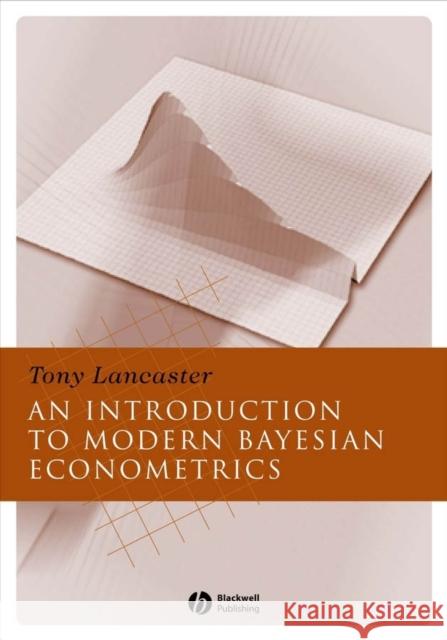Introduction to Modern Bayesian Econometrics » książka
topmenu
Introduction to Modern Bayesian Econometrics
ISBN-13: 9781405117203 / Angielski / Miękka / 2004 / 416 str.
In this new and expanding area, Tony Lancaster's text is the first comprehensive introduction to the Bayesian way of doing applied economics.
- Uses clear explanations and practical illustrations and problems to present innovative, computer-intensive ways for applied economists to use the Bayesian method;
- Emphasizes computation and the study of probability distributions by computer sampling;
- Covers all the standard econometric models, including linear and non-linear regression using cross-sectional, time series, and panel data;
- Details causal inference and inference about structural econometric models;
- Includes numerical and graphical examples in each chapter, demonstrating their solutions using the S programming language and Bugs software
- Supported by online supplements, including Data Sets and Solutions to Problems, at www.blackwellpublishing.com/lancaster











